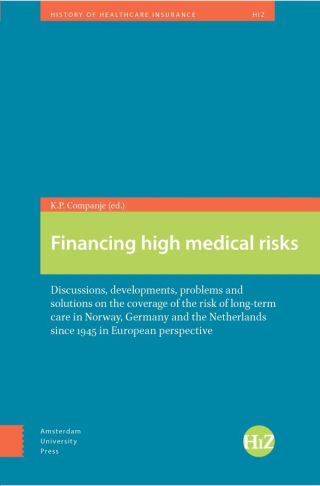Valid and reliable measurement of media and communication exposure is crucial for communication science, psychology, political science, sociology, pedagogy, economics, and law, and the practitioners in media, communication, and information. At the same time, this is a wicked problem for which there are no simple solutions. That was never the case, but in today's digital and abundant media landscape it is even more difficult.
The book discusses the ways in which media and communication exposure can be conceptualized, operationalized, and measured. Methods examined include self-reports, recall, recognition, ecological momentary assessment, think aloud, digital traces, data donation, human observation, eye-tracking, EEG, fMRI, heart rate, and skin conductance, their pros and cons, complexities, and performance. The book concludes with recommendations for the application and further development of these methods, as well as an extensive bibliography with references to in-depth insights into specific aspects of media exposure measurement.

